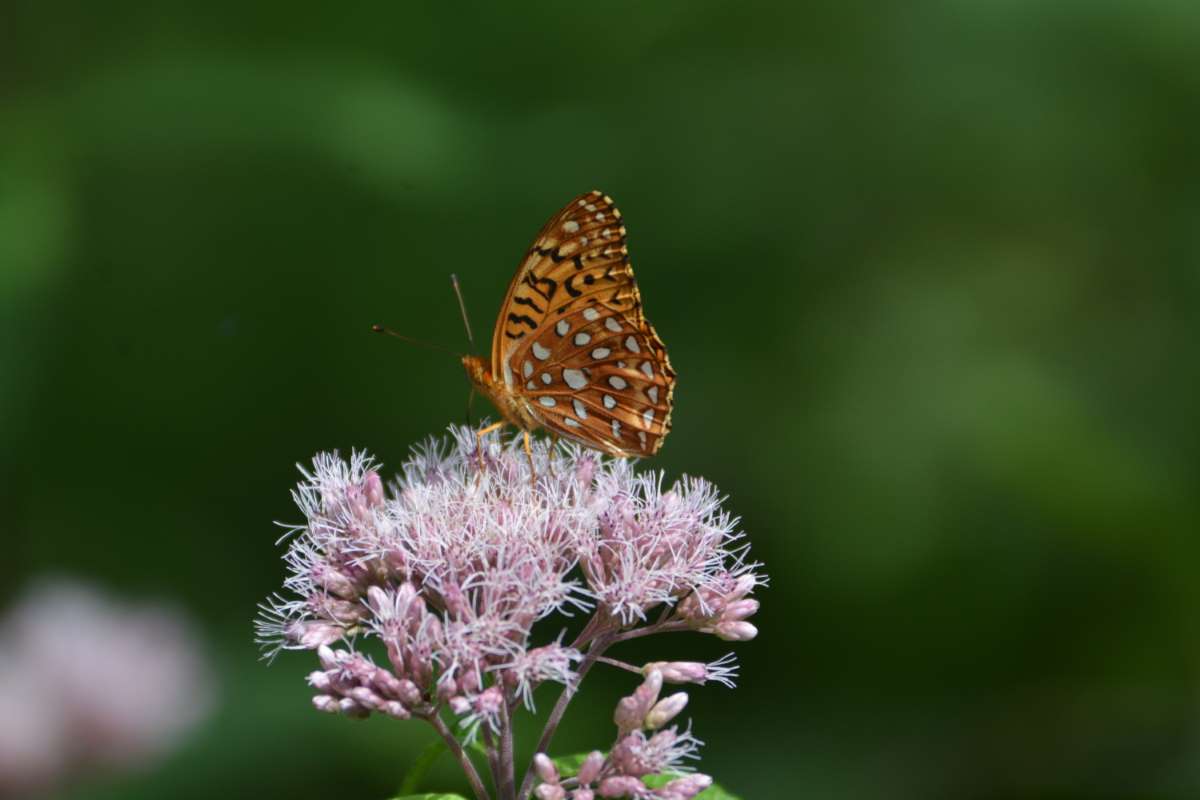Description
Eupatorium – Hemp Agrimony –
There are about 40 species of annuals, herbaceous perennials, subshrubs, and evergreen shrubs, in this genus. They occur in temperate, subtropical, and tropical regions with the majority from North and South America and a few from Europe, Africa and Asia in habitats ranging from dry, sandy sites in woodland and thickets to pastureland and swamps. The leaves are opposite, whorled, or alternate,, usually toothed, and dissected, but sometimes smooth edged. Tubular bisexual, white, pink, or mauve purple flowers are held in terminal or axillary corymbs or panicles, or occasionally singly. Most Eupatorium flowers are nectar rich and are attractive to bees and butterflies. Many of the perennials are useful for a border or wild or woodland garden. The shrubs and subshrubs are suitable for a mixed or shrub border but need a warm, sunny site in cool climates.
Grow in moist but well drained soil in full sun or partial shade, prune shrubs lightly in spring or after flowering. Divide in early spring or fall.
Prone to rust, powdery mildew, white smut, cercospora leaf spots, Septoria leaf spots, Southern blight, and slugs and snails.
E. fistulosum – Joe Pye Weed – This compact, upright perennial from Southeastern USA grows 3-10′ feet tall and 2-10′ feet wide. From wine colored stems it carries whorls of lance shaped to ovate-lance shaped leaves, to 12″ long. From mid summer to early autumn it bears dense, terminal, domed corymb like panicles of rosy mauve flowers, 4″ across. Very attractive to butterflies. It enjoys constant moist, humus rich soil and will tolerate periods of wetness. Can be invasive, divide every 2 years.
Zones 3-8





